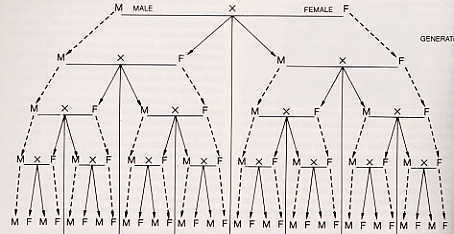Inbreeding is NEVER a good idea unless it is ABSOLUTELY necessary to maintain a certain characteristic.
You run into a boatload of problems when inbreeding, and unless you want to cull a lot of birds and be very particular about it, don't do it. If you just don't want to get a new roo, don't do it. It will intensify any "family" flaw when you do it - keep that in mind....
You run into a boatload of problems when inbreeding, and unless you want to cull a lot of birds and be very particular about it, don't do it. If you just don't want to get a new roo, don't do it. It will intensify any "family" flaw when you do it - keep that in mind....



